Shutdown Services
Shutdown maintenance of static equipment in Oil Refineries, Gas and Petrochemical Plants.
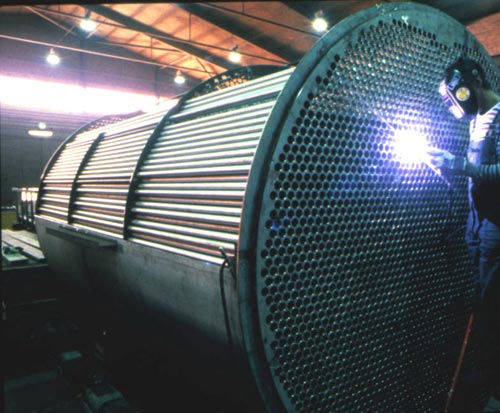
|
Heat Exchangers: We do manual cleaning, Hydro jetting, cleaning of complete Heat Exchanger, Hydro testing & replacement.
|
| 1
|
U Tube type
|
2
|
Floating Head type
|
3
|
Fixed Tube type
|
| 4
|
Tube in Tube type
|
5
|
Plate type
|
6
|
Block type (Graphite)
|
| 7
|
Breach Lock type
|
8
|
Box Type
|
9
|
Kettle type
|
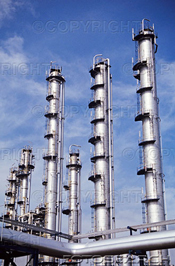
|
Columns: Removal/Refixing of Trays, Packings, Bubble caps, Mechanical cleaning of internal walls of column with hand tools and as well with Pneumatic & Electrical tools, cleaning of internal parts, Repairing of Trays, loading of packing rings in column and Hydro test of column.
|
| 1
|
Vacuum Columns
|
2
|
Propyne Columns
|
3
|
Rerun Columns
|
| 4
|
Stabilizer Columns
|
5
|
Degasser Columns
|
6
|
Absorber Columns
|
| 7
|
Stripper Columns
|
8
|
Recovery Columns
|
9
|
Heads Columns
|
| 10
|
Product Columns
|
11
|
Quench Columns
|
12
|
Fractionator Columns
|
| 1
|
Sieve type trays
|
2
|
Bubble cap type trays
|
3
|
Valve type trayss
|
| 4
|
Packing (Racing ring, Ceramic Saddle, Jump-pack and
Structure Packing)
|
|
|
|
|
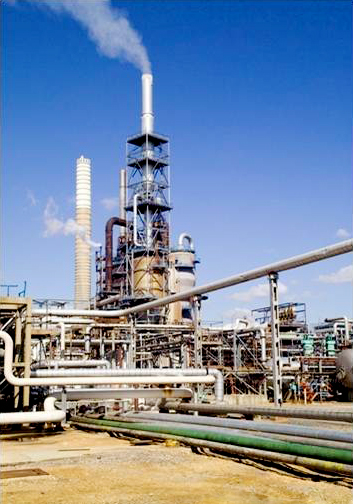
|
Reactors: Services include removal/refixing of internals, cleaning of reactor, Hydro testing in Reactor, Grit blasting, catalyst loading/unloading.
|
| 1
|
Tubular type
|
2
|
Vessels and Column type
|
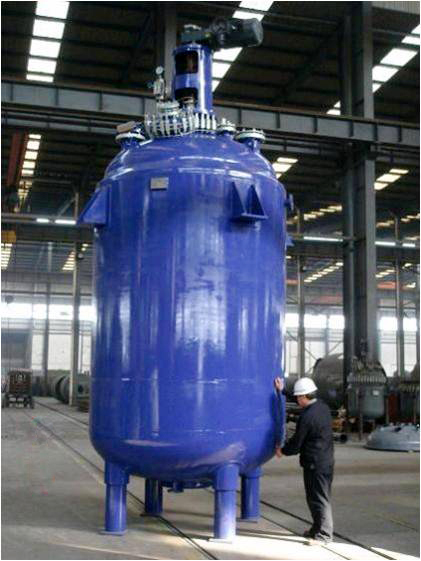
|
Vessels: Cleaning with hand tools and pneumatic tools and Hydro testing of all type of vessels, tanks, spheres, agitators.
|
| 1
|
Glassed Line type
|
2
|
Sphere type
|
3
|
Tanks type
|
| 4
|
Bullet type
|
|
|
|
|
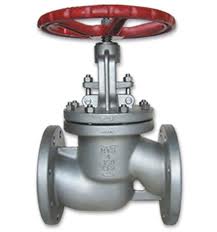
|
Valves: Overhauling of all types of Safety, control, N.R.V, Gate/Globe valves.
|
|
|
|
|
|
|
|
|